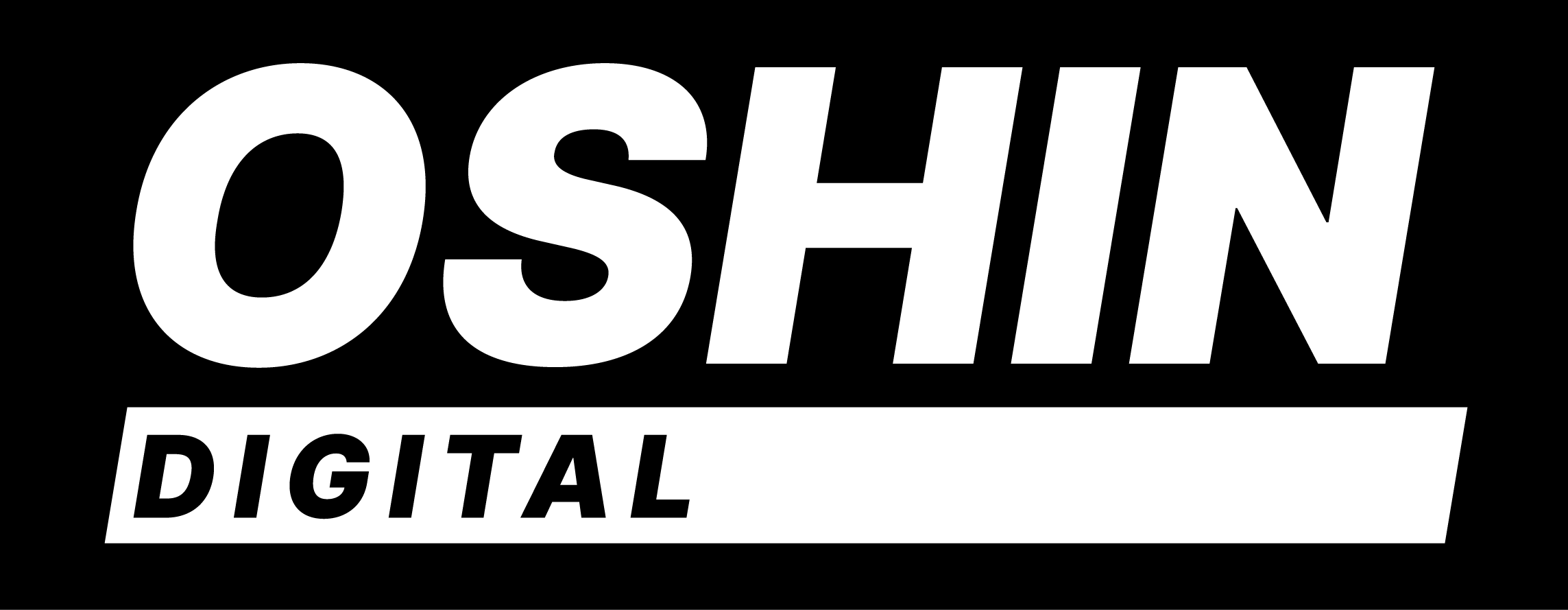
Collin Lawrence
Published 1/31/23

Whether you're trying to grow your business, increase sales, or boost brand equity a solid web governance strategy is the key to achieving superior results.
Website governance is a system of principles and guidelines businesses use to maintain and manage websites. Whether intentional or not, every website has some sort of website governance.
Do you have specific guidelines for how you write content?
That's web governance.
Do you regularly review your site's performance?
That's also web governance.
Becoming more intentional with these and the other principles outlined below can ensure your website succeeds - whatever its goal is.
Web governance is important because it can determine whether or not your website succeeds or fails at its intended purpose. Your website is the face of your organization and one of the main purveyors of your firm’s brand identity. If web governance is not being thoughtfully used it can hurt your company’s brand, sales and overall growth.
Web governance can ensure you publish quality, consistent content on an optimal schedule. It can also ensure brand cohesion on your website and alert you to any issues that may be growing - before they get out of control.

Lack of web governance can lead to an inconsistent website that dilutes your brand identity and loses sales.
In short, web governance can make or break your website.
Before we get into the best practices of web governance, it's useful to describe the main areas that governance touches. While this may vary from firm to firm, most website governance policies will include these areas:
The development component of a web governance policy includes any and all activities related to the actual building of your site including
UI/UX Design - cohesion and accessibility guidelines
Coding - how it's done, style guides, etc.
Feature creation - processes and guidelines
Integrations (such as Shopify)
The health component of website governance is largely performance-focused. It includes ensuring your site runs smoothly, your hosting is solid and your core web vitals are healthy.
Health can also take into consideration provisions against malicious attacks and guidelines required for safeguarding against them.
This refers to the rules and principles required for managing your site's content. It can include things such as editorial calendars, content guidelines and style guides.
The best web governance policies include clearly defined metrics for success and appoint individuals to maintain and monitor those analytics.

For example, web governance policies may provision tracking the bounce rates on new pages and monitoring overall engagement. If a page has statistics that aren't in line with the rest of the website, it may merit looking into more deeply.
It's important to have clearly established goals and roles in your web governance strategy. Who is going to be responsible for reviewing new pages? Who will be in charge of reviewing metrics and suggesting changes and course corrections where necessary?
When roles are clearly defined they maximize the chances that the governance strategy will be executed properly.
Now that we've laid the foundation for what web governance is, let's get into some of the best practices that will ensure your website governance activities are getting results.
A great way to start is by creating a website mission statement. Defining the primary goal of your site and ensuring it aligns with your business goals will greatly influence your website governance structure.

For example, if your site's goal is to maximize ecommerce transactions, then your website governance structure may focus on a strong user experience design, and ensuring that any website maintenance focuses on making the checkout process as smooth as possible.
If instead your site is focused around building brand equity, then your website governance structure will focus on an easy-to understand homepage, strong digital presence, and clearly-defined brand guidelines.
Whatever your goals are, you need to ensure that your website governance policy maximizes is designed to maximize confidence in your website. Users need to trust your site in order for it to achieve its goals.
You can maximize confidence in your site by making sure it looks great on mobile devices, follows a well-defined style guide, has a clear content strategy and loads quickly. A good place to test out the overall health of your site is on the Google Search Console.
You need to have clearly defined roles within your web team (even if that only consists of you) to ensure the long-term success of your website. For example, someone will need to be responsible for reviewing new content and ensuring it follows your site's editorial style to ensure consistency.
This same person may also be responsible for any content review for new web pages to ensure that they don't clash with existing content and maximize your web presence. If no one is reviewing this, it's easy to start having inconsistencies on the site.
Someone on your web team will also need to be responsible for monitoring your SEO strategy and ensuring that your content continues to be created within a framework that maximizes SEO.
It's important when building a new web page to ensure it meets legal requirements. This includes having the proper cookie consent notices, privacy policy and data storage disclosures, and necessary disclaimers.

An additional category to pay special attention to is making your website accessible to those with disabilities such as properly using alt tags. While this is not only the law it's also good practice.
Thus, it's critical that your website governance framework includes provisions for all of these items.
While we've already mentioned that it's important to have a well-defined role to manage web content review, it's important to have a well defined content creation strategy and framework.
Content creation is a driving force for SEO and conversions on your web pages. It can be very beneficial to have a content calendar that your communications team follows which will define what new content you'll be publishing and when. This ensures that your entire team is aligned on what's coming out next and they know what to create.
Content isn't just limited to text. Graphics and images should not be overlooked in your web governance policy. For example, many websites use stock photography that is not consistent. If the images don't match each other (i.e. they have differing styles and colors) and this can make it harder to achieve user buy in as the site looks unprofessional.
If you're regularly publishing content it's important to have guidelines on how to use your content management system of choice and ensure everyone is using it consistently
If you have a website, then you have access to tremendous analytics information on your site. Everything from demographic information to geographic information is available at your fingertips with Google Analytics.
Your governance plan should have a well defined list of the metrics you'll be targeting and should specify the cadence at which those metrics are reviewed. This is especially important for new content.
After new content is published, it is important to review the traffic to that page and any engagement-related metrics for that page. These should be well-defined processes to ensure consistency.
As new technologies emerge the needs of your consumers and target audience may change over time. It's very important to provision enough flexibility in your governance guide to allow the web team to pivot to capture new opportunities.
For example, you don't want your content creation guidelines to be so rigid that you can't get new content out fast enough to capture the market's attention, but you also don't want it to be so flexible that you're putting out content that is thin or inconsistent with the rest of your website.
It's important to figure out when to be rigid and when to be flexible. This is something that should be fine-tuned over time by your management team.
Having clearly a clearly defined web governance policy is crucial for maintaining a successful website and achieving your business goals.
If you're not sure where to start or need specific guidance on implementing these principles in your business, contact us for a free strategy call.